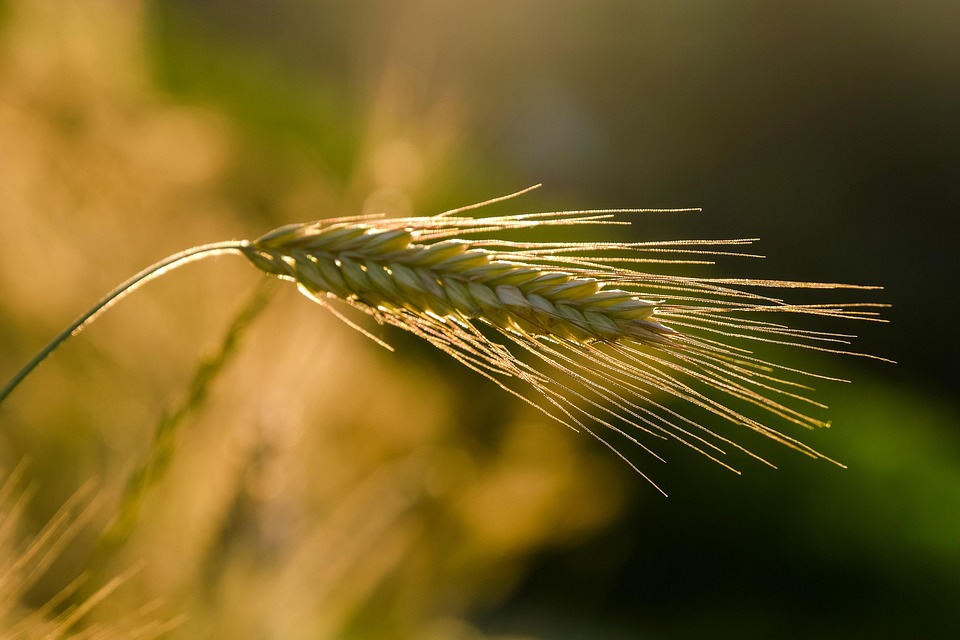Harvesting Sustainability: The Permaculture Revolution
In today’s world, sustainability has become an increasingly important topic as we grapple with the environmental challenges facing our planet. One revolutionary approach to sustainable living is permaculture, a system of agricultural and social design principles centered around simulating or directly utilizing the patterns and features observed in natural ecosystems. Permaculture offers a holistic and regenerative approach to farming and living that aims to create self-sustaining, resilient, and diverse systems that benefit both people and the planet.
What is Permaculture?
Permaculture is a design system that integrates human activities with natural ecosystems in a way that benefits both. It is based on the idea that by observing and mimicking natural systems, we can create sustainable and productive landscapes that require minimal inputs of energy, water, and resources. Permaculture principles can be applied to a wide range of activities, from agriculture and gardening to urban planning and community development.
Key Principles of Permaculture
There are several key principles that guide permaculture design. These include:
- Observation and interaction: By observing and interacting with natural systems, we can better understand how they work and how we can work with them.
- Use and value renewable resources and services: Permaculture emphasizes the use of renewable resources such as sunlight, water, and wind, as well as the services provided by natural ecosystems.
- Produce no waste: Permaculture aims to create systems that produce little to no waste, by cycling nutrients and resources back into the system.
- Design from patterns to details: Permaculture design starts by identifying and understanding the patterns present in a system, and then designing the details to fit within those patterns.
Benefits of Permaculture
There are many benefits to practicing permaculture, both for individuals and for the planet. Some of the key benefits include:
- Increased food security: Permaculture systems are designed to be self-sustaining and resilient, reducing the risk of crop failure and ensuring a stable food supply.
- Improved soil health: By using techniques such as no-till farming and cover cropping, permaculture helps to build healthy, fertile soil that is able to sequester carbon and support plant growth.
- Biodiversity conservation: Permaculture systems are designed to mimic natural ecosystems, which helps to support a diverse range of plant and animal species.
- Water conservation: Permaculture techniques such as rainwater harvesting and swales can help to conserve water and reduce the need for irrigation.
Challenges of Permaculture
While permaculture offers many benefits, it also presents some challenges. One of the main challenges is the amount of knowledge and skill required to successfully implement permaculture systems. Permaculture design can be complex, and it can take time to learn how to apply the principles effectively. Additionally, permaculture systems may require more labor and attention than conventional farming methods, which can be a barrier for some people.
Case Study: Permaculture Farms
One example of the success of permaculture is the rise of permaculture farms around the world. These farms use permaculture principles to create sustainable and productive agricultural systems that benefit both people and the planet. By integrating diverse crops, animals, and landscapes, permaculture farms are able to produce a wide range of food and other products while minimizing environmental impact.
One well-known permaculture farm is Polyface Farm in Virginia, USA. Polyface Farm uses rotational grazing techniques, composting, and other permaculture practices to produce a variety of meats, vegetables, and eggs. The farm has become a model for sustainable agriculture and has inspired many other farmers to adopt permaculture principles.
Conclusion
Permaculture offers a revolutionary approach to sustainable living that has the potential to transform our relationship with the natural world. By observing and mimicking natural ecosystems, we can create self-sustaining, resilient, and diverse systems that benefit both people and the planet. While permaculture presents some challenges, the benefits far outweigh the costs. Through permaculture, we can create a more sustainable and regenerative future for ourselves and for future generations.
It is time to embrace the permaculture revolution and start harvesting sustainability for a better world.







